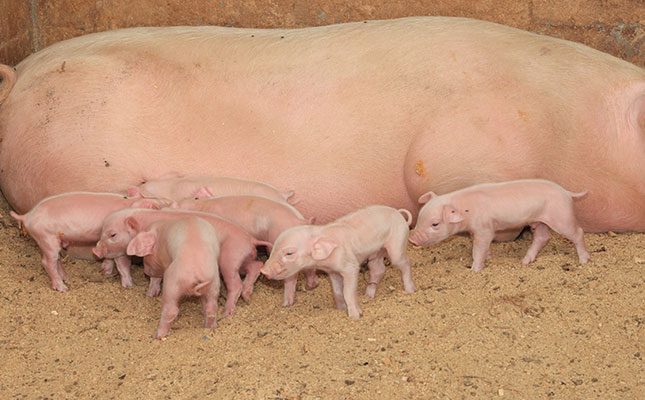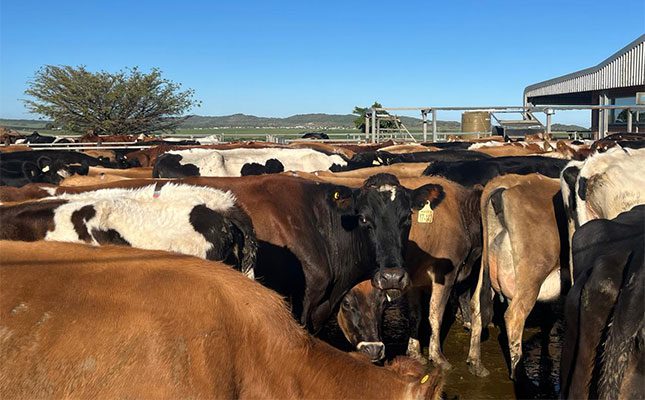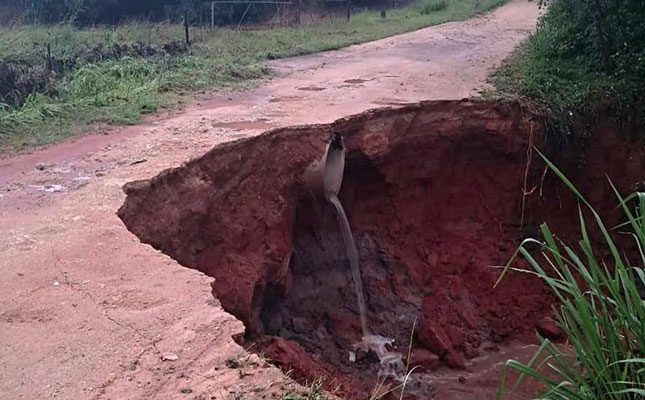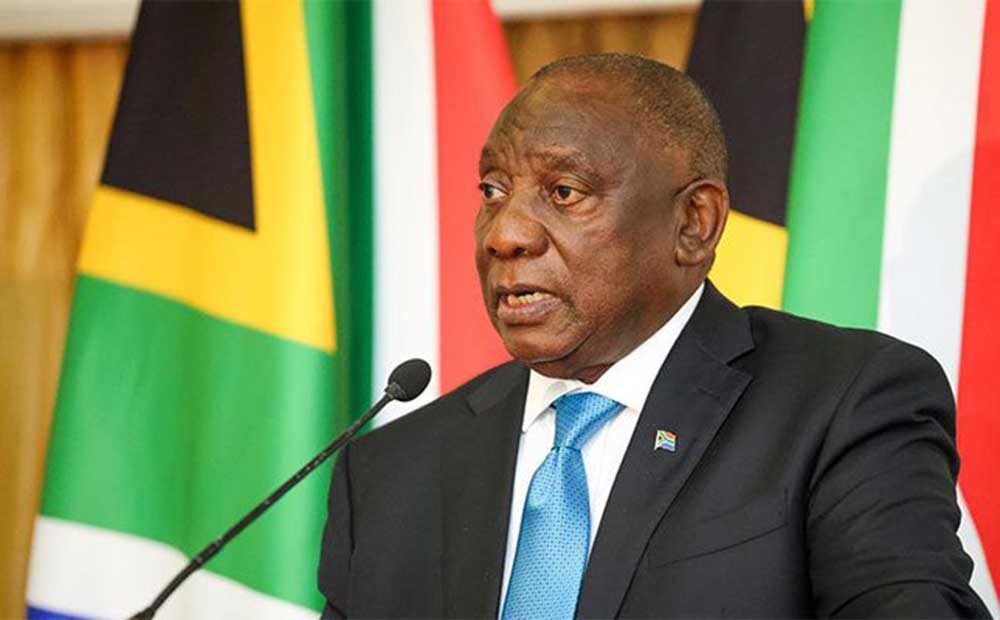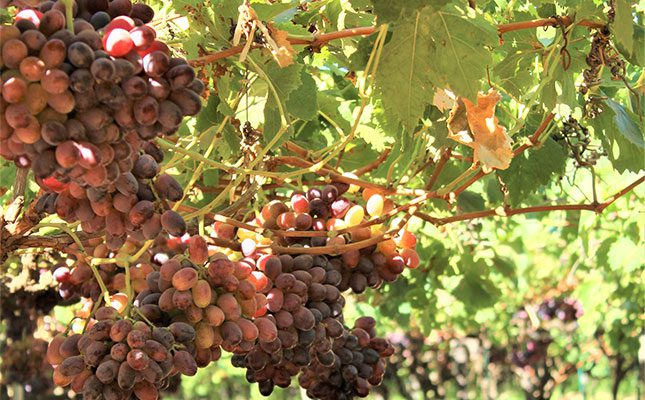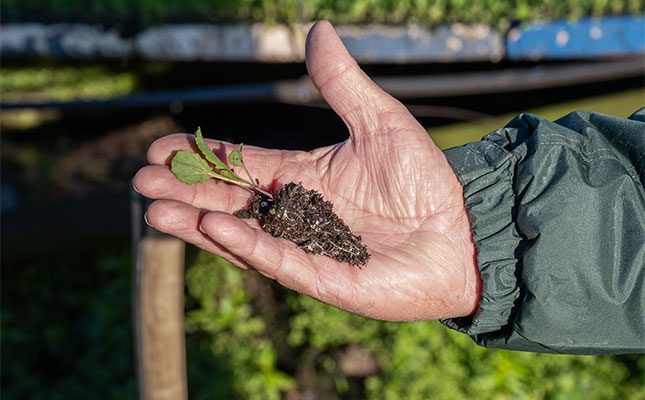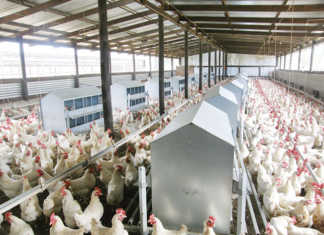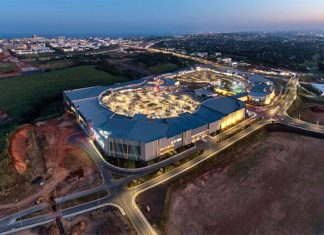
Photo: Jeanne van der Merwe
Pieter Zietsman, head of the berry division at plant material and cultivar supplier TopFruit, was one of several speakers at the summit who highlighted the international price fluctuations that followed when major producer Peru suffered a 40% drop in blueberry exports in 2023 due to heatwaves.
During a panel discussion on cultivar development, he likened the establishment of a blueberry orchard to buying property.
“It’s all about location, location, location. For me, the most important thing when starting a blueberry project is to make 100% sure you can mitigate the risks. The risks are obviously frost and radiation like we’ve seen in Peru, and then there are obviously other factors such as pests and disease.
“But in terms of global warming, there are going to be severe conditions, so you have to pick the right site. Looking at South Africa, the incidence of frost increased almost tenfold over the past few years. In the [northern production areas], we used to have frost once every six to seven years; now we’ve had it three years in a row,” he explained.

Carlos Bartret (above), director of Global Genetics Product Development at Hortifruit, said producers in Spain were facing sudden heatwaves where temperatures rose to between 38°C and 40°C, followed by a week of unusually cold weather.
According to him, there was a need for new blueberry varieties that could better cope with temperature extremities, the El Niño weather phenomenon that occurred every two to seven years, and regular production challenges.
Zietsman added that irrespective of the plant genetics one started with, some areas were much more exposed to solar radiation than others, and one must consider how to manage this.
“Obviously, in very cold areas, we have to protect the plant, and in very hot areas, [we need to] think about things like overhead sprinklers or other new technology to cool the plant down. But for me, the first thing is to make sure you plant in the right area and aren’t exposed to those risks,” he said.
AI and global warming
In a discussion about climate, Prof Guy Midgley, acting director at Stellenbosch University’s School for Climate Studies, said the future of global warming and the length of the current global warming cycle would most likely be determined by the energy demand of the datacentres powering artificial intelligence (AI).
He said it wasn’t clear now whether it would get a little hotter over a relatively short period of time, or a lot hotter for longer, but given the growth of AI and the energy demands that went along with it, he was betting on the latter.
Responding to a question from the International Blueberry Organisation Chairperson Mario Steta on how climate change might shift blueberry plantings into more northerly and southerly latitudes and higher altitudes, Midgley said this was generally the case, but it wasn’t happening at the same rate everywhere.

“One big advantage in the Western Cape is that we have an ocean on either side [of the production area], which buffers the temperature rise. [In contrast], the Mediterranean region is warming at three times our rate, causing collapses of some of the wine industry, such as in Southern France, and we see changes in [wine] production in the UK and Germany. It is undeniable that these shifts are happening.
“What then happens is that industries want to spend millions of dollars on getting climate projections on a very fine scale, but I’m not sure that’s the right approach. You need to figure out the likely scenario and how hot it is going to get [and] for how long, because that drives your climate adaptation strategy.
“If you are certain that it will get a lot warmer for a long time, then invest in breeding now. If it is not going to warm very much in the short term, then investment in breeding is probably a waste of money, and it’s better to rather focus on small shifts in management,” Midgley explained.
According to him, the role of AI in the world economy and its resultant energy consumption would be a key factor in how climate change evolved, as well as how AI companies responded to their growing energy requirements.
He added that the international footprint and nature of the blueberry industry was of huge benefit, as it meant the industry could exchange genetic traits and species globally, which wasn’t something all agricultural industries were capable of doing.

